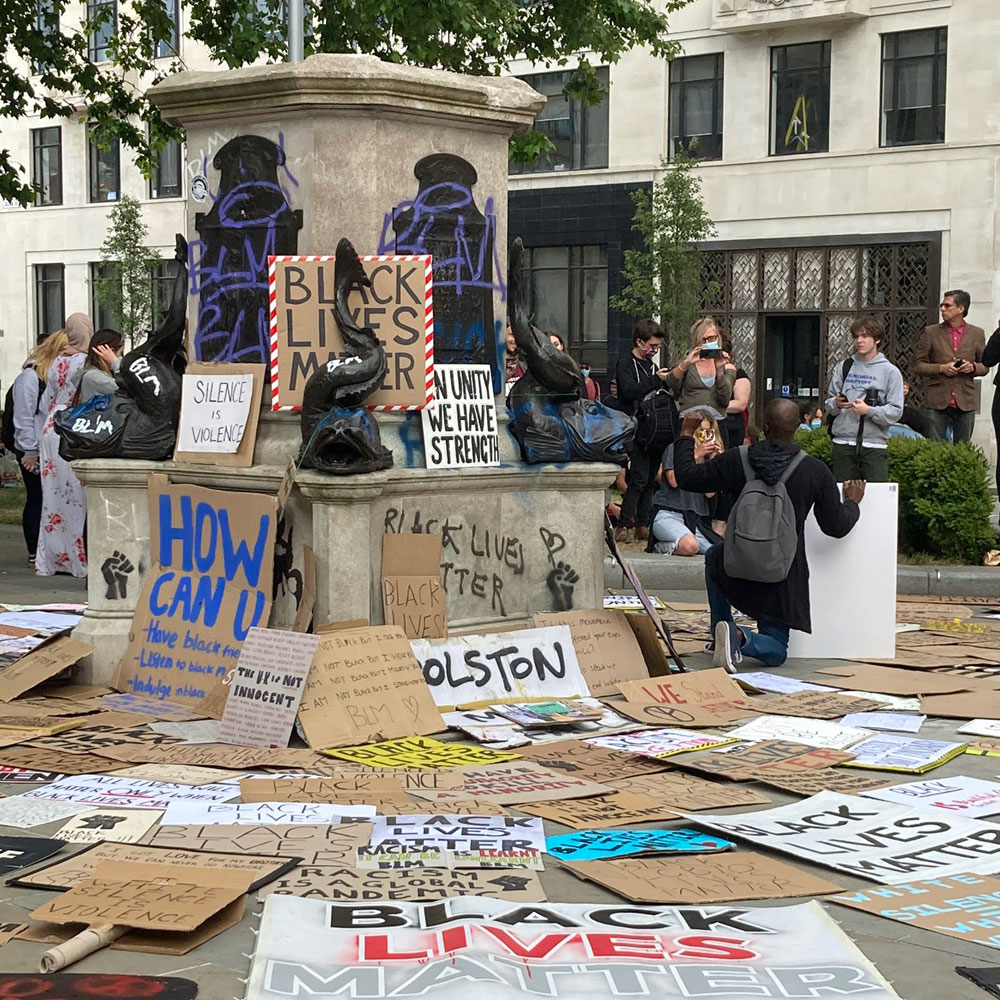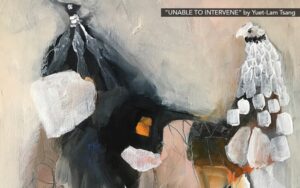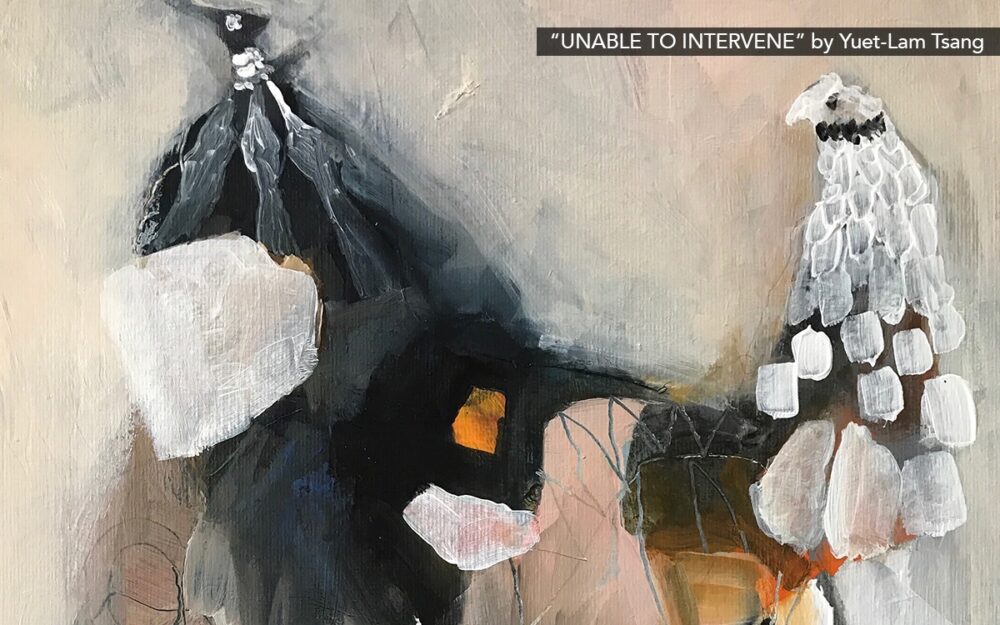
July 15, 2020; CNN Style
On June 7, residents of Bristol, England, made global headlines when they toppled a long-resented statue of 17th-century slave trader Edward Colston during a Black Lives Matter (BLM) protest after George Floyd was murdered by Minneapolis police. The Colston statue was dragged through town and dumped into the River Avon. Early on July 15, the space that had been occupied by Colston since 1895 received a new statue, titled “A Surge of Power (Jen Reid) 2020,” commemorating a protester photographed atop the plinth shortly after Colston fell.
A photograph of Bristol resident Reid on that same plinth—fist raised in a Black Power salute—taken on the day of the protest caught the attention of British artist Marc Quinn. With Reid’s permission, he quietly made a resin sculpture of her, which he described this week as “an embodiment and amplification of Jen’s ideas and experiences, and of the past, present and her hope for a better future.”
Reid describes an “overwhelming impulse” to climb onto the plinth that day in June, an act that was completely spontaneous. She has since said, “This sculpture is about making a stand for my mother, for my daughter, for Black people like me. It’s about Black children seeing it up there. It’s something to feel proud of, to have a sense of belonging, because we actually do belong here and we’re not going anywhere.”
The new statue was installed overnight, without permission from the city. Last night, representatives of the city took the statue down, bringing it to the Bristol city museum as its tentative home. Then again, the statue was always intended to be temporary, according to Quinn.
“Jen and I are not putting this sculpture on the plinth as a permanent solution to what should be there—it’s a spark which we hope will help to bring continued attention to this vital and pressing issue,” he says.
As reported by Tim Elfrink in the Washington Post, Bristol’s mayor, Marvin Rees, who is Black, says the statue of Colston had long been offensive. “I can’t and won’t pretend the statue of a slave trader in a city I was born and grew up in wasn’t an affront to me and people like me,” he said.
Sign up for our free newsletters
Subscribe to NPQ's newsletters to have our top stories delivered directly to your inbox.
By signing up, you agree to our privacy policy and terms of use, and to receive messages from NPQ and our partners.
The city council of Bristol tweeted that Rees wants a democratic process to decide the future of the plinth, though he also, according to the BBC, would like the artists to compensate the city for the labor required to remove it. Quinn and Reid have agreed, though, that if the statue is sold, the profits will be donated to two charities that promote the inclusion of Black history in school curricula.
While “A Surge of Power” has (deservedly) received a great deal of media attention already, it is not the only BLM monument-related news this week. In Pensacola, Florida, after a five-hour meeting, the City Council voted 6–1 on Tuesday night to remove a 129-year-old Confederate monument and 7–0 to change the name of “Lee Square” back to its original name of “Florida Square.” The monument was vandalized earlier this month and, as a result, the square has been and will remain closed until the monument is removed. BLM protesters last month asked the city to remove the monument and rename the square.
As Pensacola City Administrator Keith Wilkins writes:
Although the Confederate monument remembers those that led, fought and died for the Confederacy, it also promotes a ‘Lost Cause’ narrative that memorializes a divisive time in American history reflective of ‘white supremacy’ and the Jim Crow era. The Square and the Monument are not equitable representations of all our citizens. To achieve a stronger and more unified community, staff recommends the complete removal of the Lee Square Confederate monument.
In Richmond, Virginia, several statues already have been removed, and a controversial statue of Robert E. Lee seems to be teetering on the brink of removal, now that a judge has recused himself from the case.
Last month, NPQ’s Steve Dubb reported on the removal of a statue of Theodore Roosevelt outside the American Museum of Natural History in New York City. The controversial statue depicted Roosevelt looming over figures of Native American and Black individuals. Its removal was supported by Roosevelt’s great-grandson, a trustee of the museum.
All of us who are focused on this moment—and who acknowledge the hard days and months and years ahead that will be required to truly address structural racism—acknowledge that removing monuments and changing names will not solve deep-seated societal problems. And yet, there is something quite satisfying in seeing those old monuments come down, and in seeing what already has—or still might—take their places and represent new ideals and new heroes as we work for a more just world.—Eileen Cunniffe













